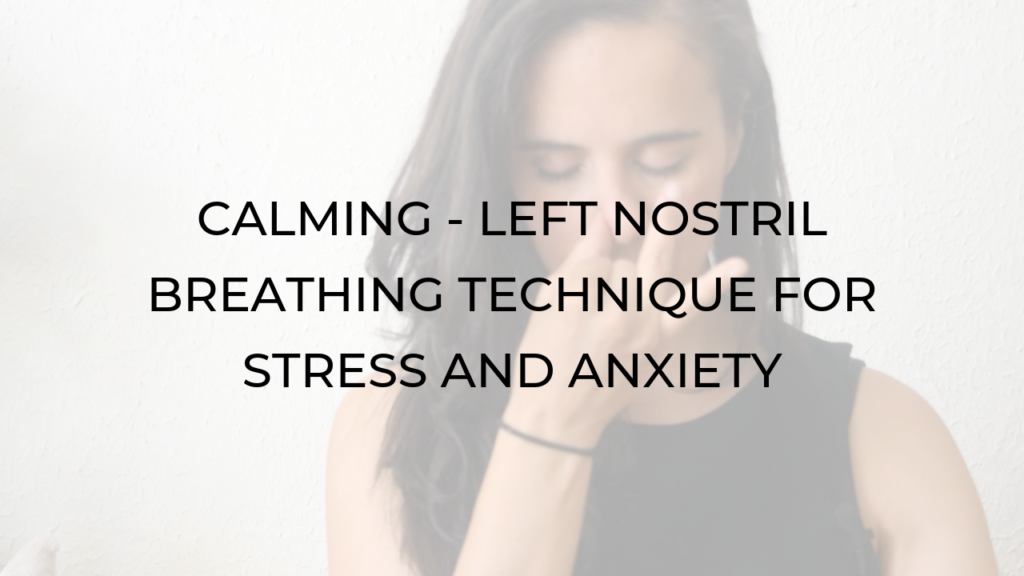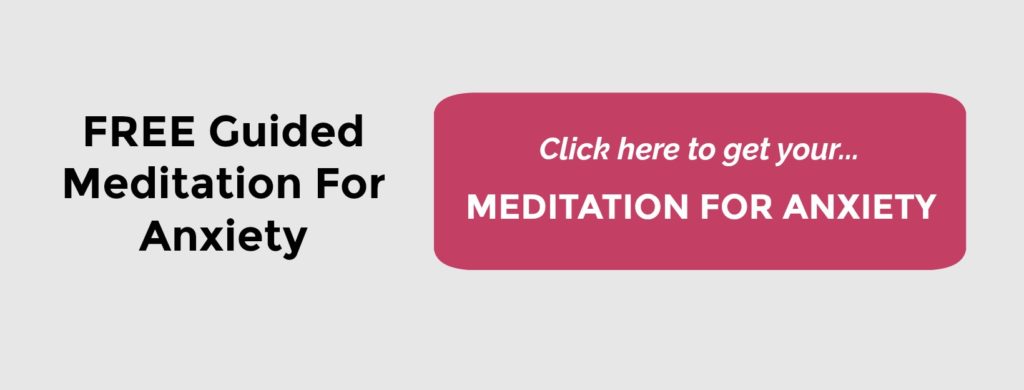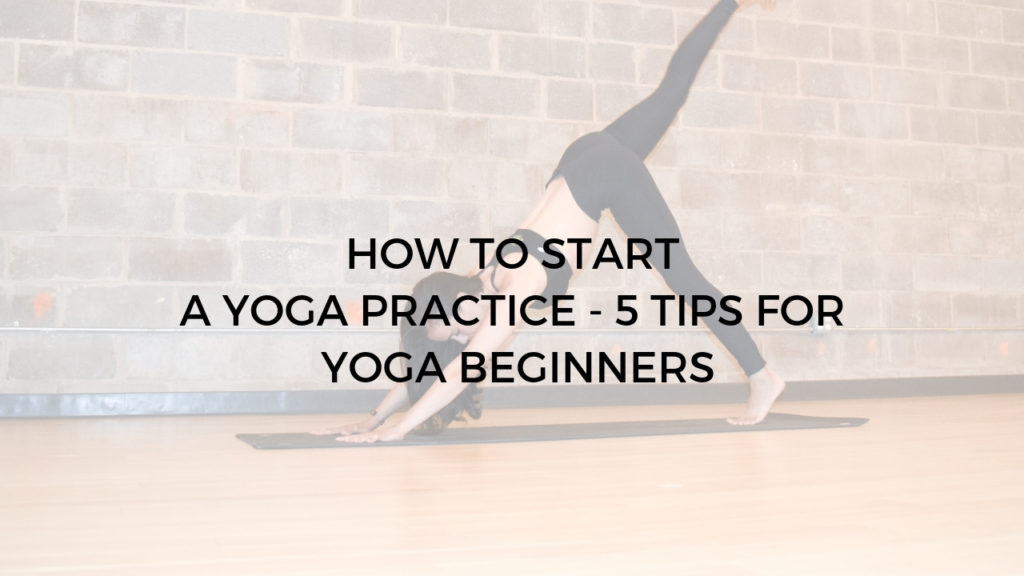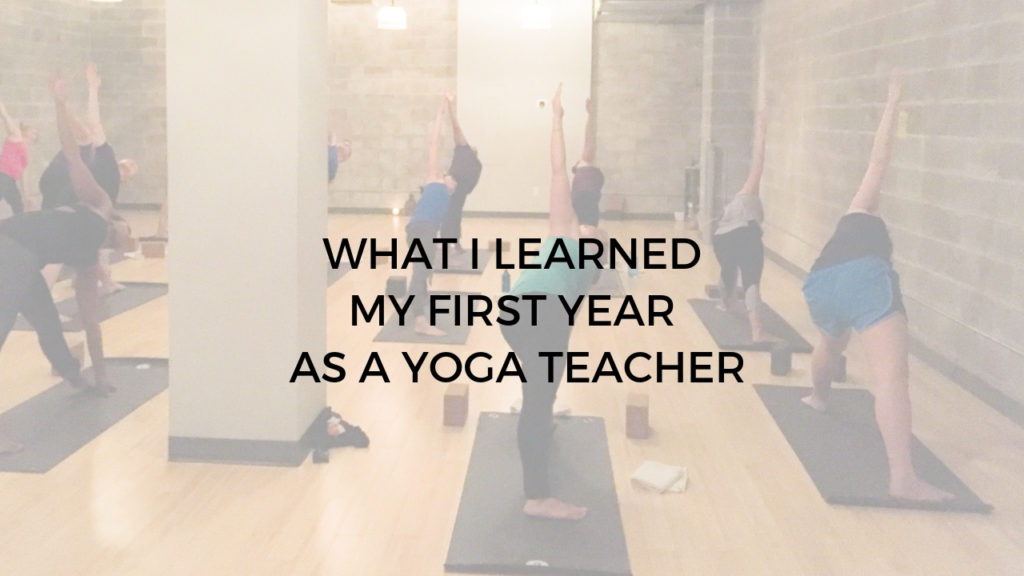If you’ve been in the yoga world for a while, then I’m sure you’ve heard about Alternate Nostril Breathing, a wonderful technique that helps to balance the Nervous System by balancing the left and right nostrils.
Now, you may be asking, what do you mean by “balancing the left and right nostrils?” Well, have you noticed how sometimes one nostril is more dominant than the other?
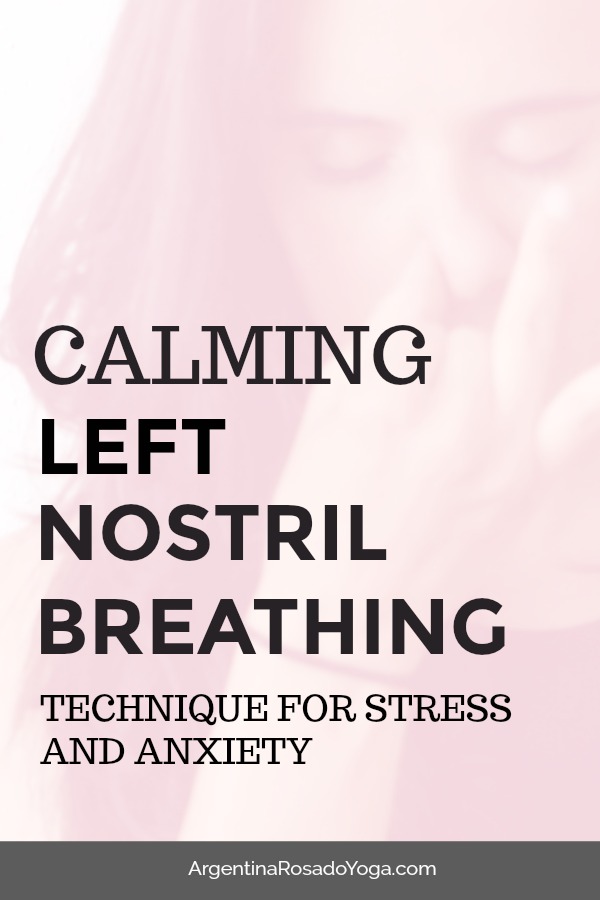
See, the Autonomic Nervous System is divided into two parts: The Sympathetic Nervous System (the fight-or-flight or stress response) and The Parasympathetic Nervous System (rest and digest or the relaxation response).
When the right nostril is dominant, the SNS is more active. Similarly, when the left nostril is dominant, the PNS is more active.
When we are under constant stress, the SNS (stress response) is constantly dominant, and symptoms of chronic stress and/or anxiety may certainly manifest.
This is why Alternate Nostril Breathing is such a powerful practice that induces a state of centering and balance to the body and mind.
Now, in certain cases we may want to take it a bit further with a more advanced breathing technique called Chandra Bhedana, or left nostril breathing.
Chandra Bhedana is a left nostril breathing practice that helps to activate the parasympathetic nervous system, or the relaxation response, to create a sense of calm and ease on the body and mind.
In is the preparatory breathing practice in my “Anxiety Meditation” technique.
Chandra Bhedana is best used for:
- Acute or chronic stress
- Insomnia
- Anxiety and restlessness
- In cases of agitation and anger
It is not recommended in cases of:
- Lethargy
- Depression
- Low blood pressure
The Practice:
In Chandra Bhedana technique, we are only inhaling through the left nostril and exhaling through the right. Inhaling through the left, exhaling through the right. It is not to be confused with alternate nostril breathing, which goes from left to right.
Let’s get started.
Find a comfortable seat. You can sit on a chair, the floor, or practice right on your bed.
Stretch the fingers of your right hand, and tuck in your index and middle fingers. So we’ll use the ring finger and thumb to open and close both nostrils.
Lift chest slightly and lower the chin toward your chest. This helps to further activate the Parasympathetic Nervous System to calm the body and mind.
Close your right nostril with your thumb, and inhale through your left. Close both nostrils and hold as long as it is comfortable, then exhale through the right. This is one round.
Again, close the right nostril, inhale through the left, close both and hold, exhale through the right.
Complete 5 more rounds on your own.
After your last round, let your right hand fall gently on your thighs and take a moment to feel the effects of your practice. Feel the breath.
Bring your hands together at your heart, lower the chin to your chest but keep the chest lifted. Keeping the head down, start to open your eyes.
